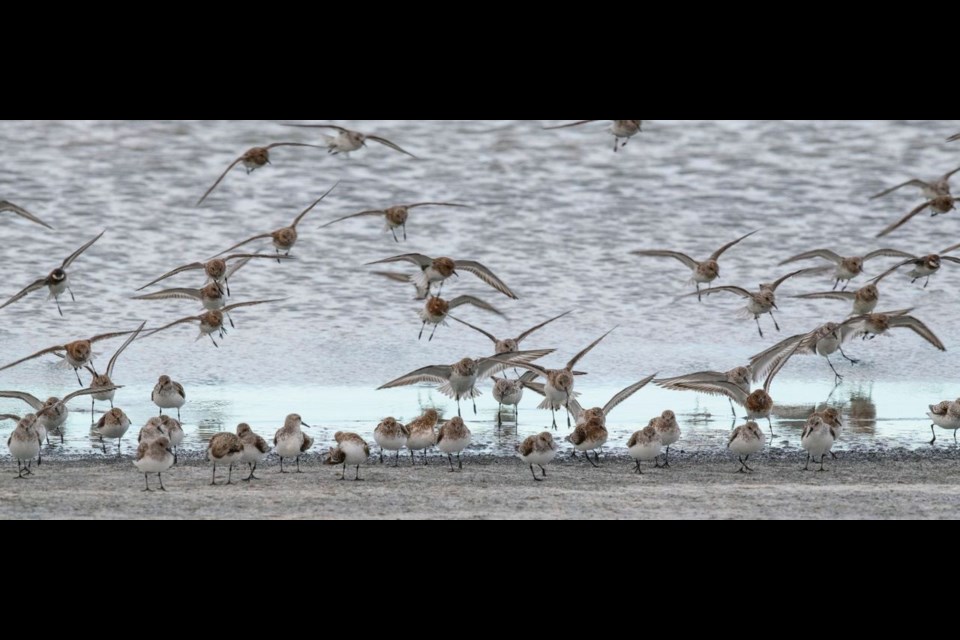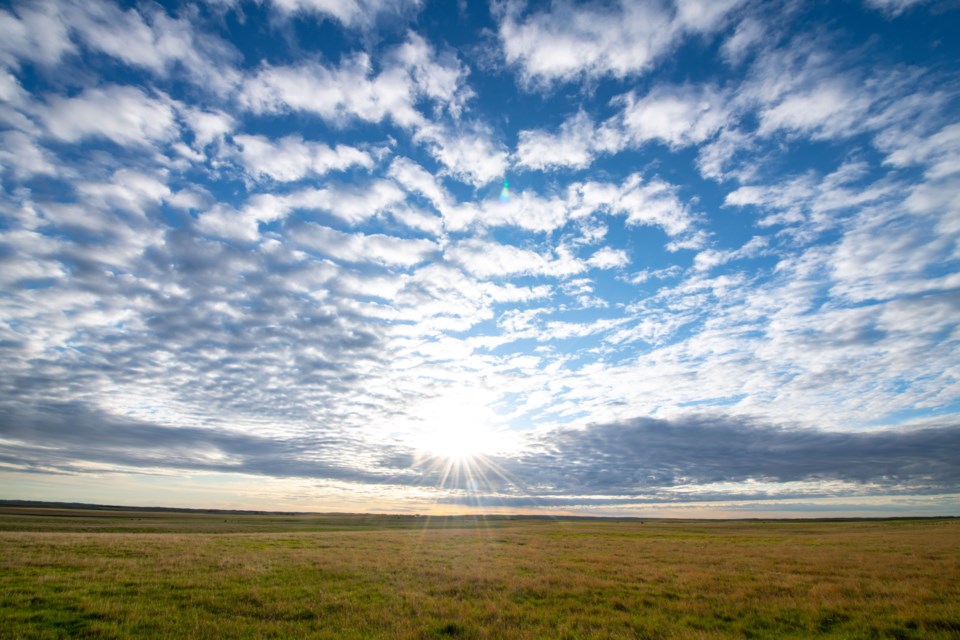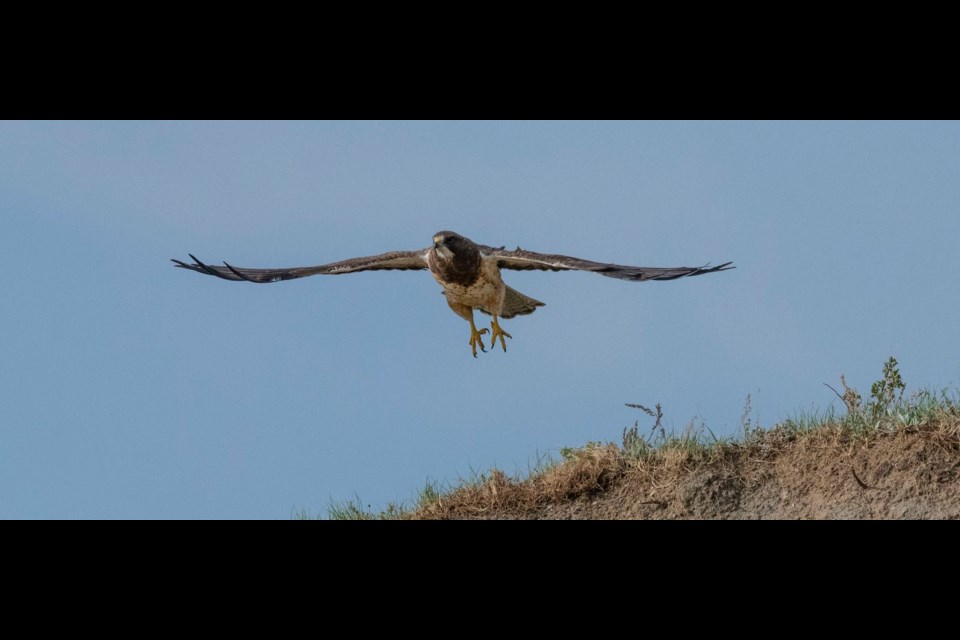The Nature Conservancy of Canada (NCC) in Saskatchewan, with help from the federal government, has purchased Mackie Ranch on the eastern shoreline of Chaplin Lake.
The site will continue to be used for cattle grazing but is now protected against future economic pressures that might threaten the diversity of the species living there. Two of the greatest drivers of local extinction — extirpation — of native species are conversions to monoculture cropland and land management that does not take diversity into account.
The Mackie Ranch property has 646 hectares (1,598 acres) of grasslands and wetlands. Chaplin Lake is part of the Chaplin-Old Wives-Reed Lakes Western Hemispheric Shorebird Reserve Network, which is one of only three sites in Canada with the designation of hemispheric importance.
Over half the world’s population of sanderlings stops in the area each year to rest and feed during their spring migration. Significant global percentages of other migratory shorebirds also need these lakes. These include Baird’s sandpiper, the red knot sandpiper, the piping plover, and the semipalmated sandpiper.
NCC works to protect natural areas under imminent threat of conversion from natural habitat. Conservation activities provide direct benefit to the species that use these areas, by providing large, connected areas of protected habitat for species that reside there throughout the year or migrate through on their journeys north and south.
“The twin crises of climate change and biodiversity loss are two sides of the same coin, and we must tackle both crises together,” said Steven Guilbeault, minister of Environment and Climate Change.
“By working with partners like the Nature Conservancy of Canada, we are protecting Saskatchewan’s natural environment and building a healthier and more resilient future for our children and grandchildren. Programs like the Canada Nature Fund’s Natural Heritage Conservation Program are helping us progress toward conserving a quarter of Canada’s land and a quarter of its oceans by 2025.”
Mackie Ranch property and surrounding area are home to many plants and animals, including sharp-tailed grouse — Saskatchewan’s provincial bird. The area also provides habitat for wildlife listed under Canada’s Species at Risk Act, including the chestnut-collared longspur (threatened), ferruginous hawk (threatened) and long-billed curlew (special concern). NCC will continue to work in partnership with the Mackie Family to ensure that the property continues to provide high-quality habitat for the species that have frequented the property for so many years.
Michael Burak, NCC program director in southwest Saskatchewan, said that “One of the things I love about Mackie Ranch is how remote it feels when you are walking along the property. All you see when you look to the west and south is water and grass. It’s a beautiful natural area with an incredible diversity of wildlife.”
Since 1970, bird species that are dependent on native grasslands have declined in population by as much as 87 per cent.
Temperate grasslands are the most endangered, least protected ecosystem on the planet. Less than 20 per cent of Saskatchewan’s native grasslands remain.
NCC of Saskatchewan communications manager Daphne May said “Human health is inextricably linked to the health of our ecosystems. When nature thrives, we thrive. At this moment, there are 804 species at risk in Canada — species that are essential to the healthy functioning of ecosystems. Once these species are gone, they are gone forever.”







